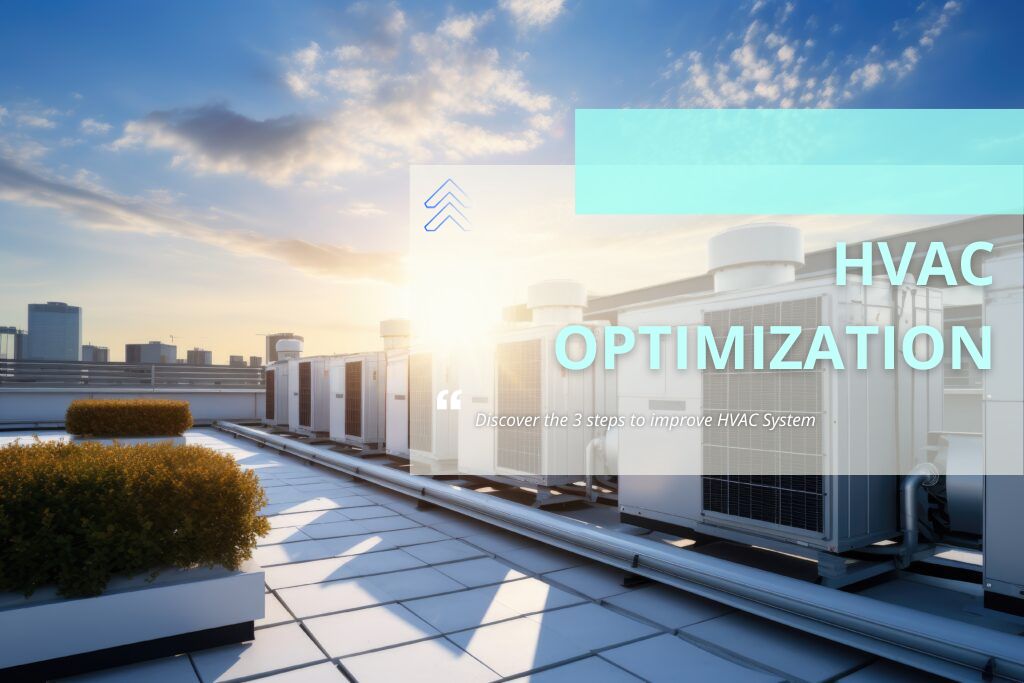What is a Refrigerant?
A refrigerant is an element in the form of liquid or gas. A specific area in the refrigeration succession cools down using the refrigerant. The process seizes heat from space and then releases it into another space. This is the act of a refrigerant. Refrigerants in refrigerating systems (air conditioners) absorb fluid and release heat. Apart from this, Thermodynamic phenomena of phase change are the process also used by refrigerants. This helps the liquid to convert to gas and gas into a liquid. The process of refrigerant starts in the evaporator component of the system. The refrigerant liquid will absorb heat and also change to vapour under low pressure. The vapour travels to the compressor component of the system. The compressor pressure and temperature increases. The release of heat from the vapour happens at this stage. The release of heat happens in the condenser component. The refrigerant then changes back to liquid form. It travels back to the evaporator. Repetition of the process happens again and again with the same liquid.
The classification of refrigerants into different groups is due to their chemical composition. The most common refrigerants include Chlorofluorocarbons (CFCs), Hydrochlorofluorocarbons (HCFCs), Hydrofluorocarbons (HFCs), and Natural Refrigerants.
- Chlorofluorocarbons (CFCs) – R11, R12, R113, R114, R115
- Hydrochlorofluorocarbons (HCFCs) – R22, R123
- Hydrofluorocarbons (HFCs) – R134a, R404a, R407C, R410a
The two numbers that characterize all refrigerants are:
- Ozone Depletion Potential (ODP)
- Global Warming Potential (GWP)
The value range of ODP is 0 – 1. ODP that is closest to 1 is harmful to the ozone layer. CFCs have big ODP values. This is because they contain chlorine. Nowadays, CFCs are not used due to their harmful impact on the environment.
GWP value ranges from 0 to several thousand. If the GWP value is big, the refrigerant is more harmful and can cause global warming.
Inorganic refrigerants like carbon dioxide and ammonia have small GWP values. HCFCs are been phased out. The only HCFCs allowed nowadays is those without chlorine.
 Chat with us
Chat with us

